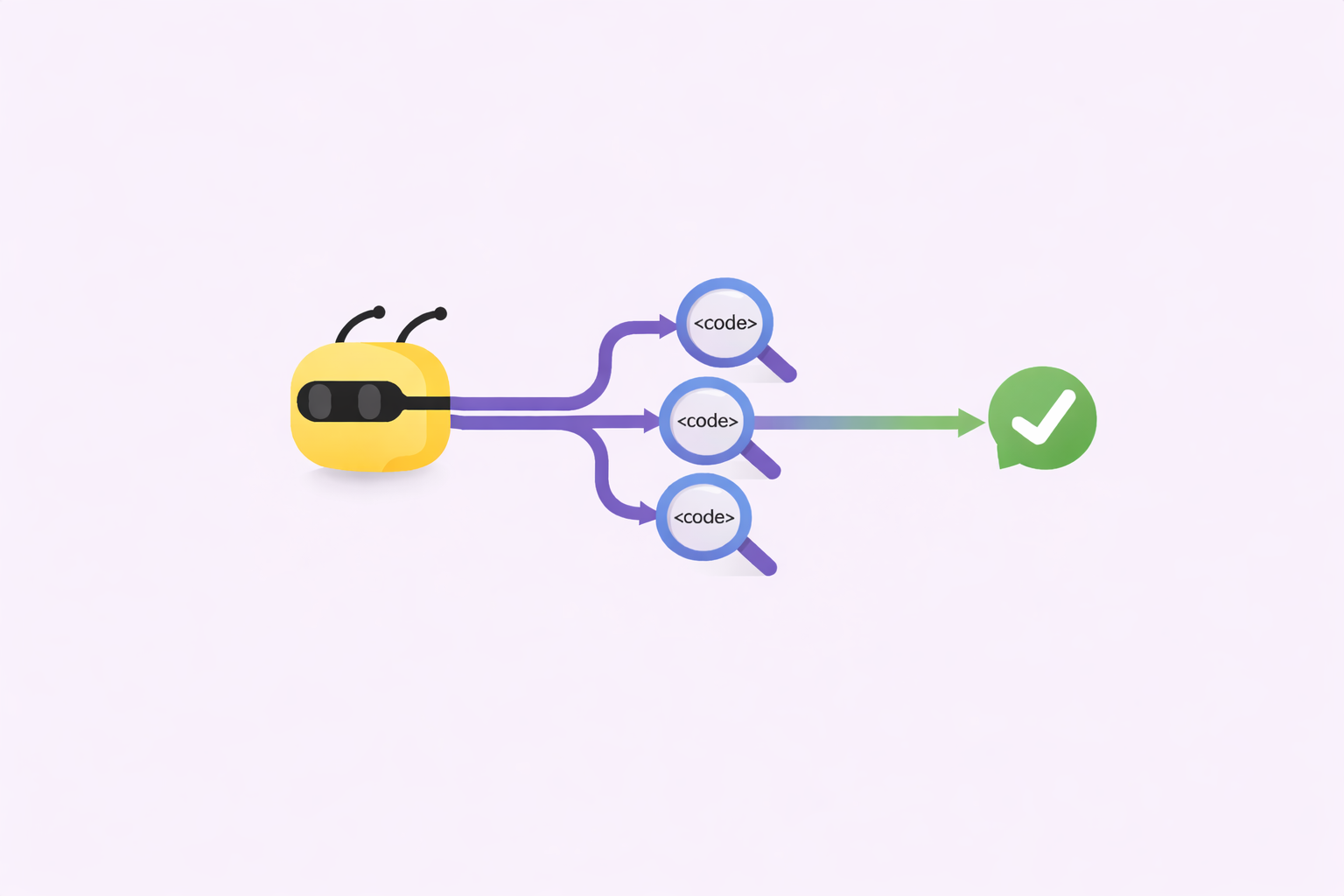What is Employee Productivity?

What comes to mind first when you think of a highly productive workplace? Maybe a room with a row of neat, diligent workers with their heads down, ceaselessly turning out goods or services?
Since most employees are not making widgets on a production line, defining and measuring productivity is tricky—and improving it can feel impossible. For starters, working your employees as hard as you possibly can, without breaks, meaningful rest, or a connection to a larger goal, is pretty much the antithesis of productivity.
Let’s go back to the basics of productivity in the workplace: what it is, how it benefits your business, how to measure it, and of course, how to improve it.

What is employee productivity?
The definition of productivity is simple at its core: employees who get a certain number of tasks done in the course of their workday. Those tasks aren’t just busywork, but they’re moving the organization closer to its goals in an efficient way.
What does a productive employee look like? Are they chugging along every day checking tasks off their to-do lists in the expected amount of time? Or are they going beyond meeting expectations and making effective decisions, innovating, and living out the company culture?
Most of us would probably agree on the second definition as the ideal state for productive employees. But unfortunately, that state is fairly rare in today’s workplace. More than half of employees report being relatively unproductive at work, according to McKinsey research. And the productivity of U.S. workers is declining at its fastest rate in 75 years.
It's no wonder businesses are looking at ways to increase worker productivity, especially in a tight and pricey labor market. Lots of companies are turning to stricter controls on employee behavior like forcing a complete return to the office, using tracking software, and micromanaging in an attempt to measure, track, and improve employee productivity.
The thing is… none of those attempts at control are actually what boost employee productivity. In fact, they often damage it (and make employees even more disengaged and unproductive).
What boosts productivity, then? Well, first let’s dig into how to measure productivity so you have a baseline.
How to measure employee productivity
To measure productivity, you must divide output by input. So, to determine productivity costs per hour, if you generated $100,000 worth of goods or services in 2,000 hours, you’d calculate:
- $100,000/2,000 = $50 per hour of work productivity.
If you measure productivity by employees, the formula looks like this:
- $100,000 goods/services produced / 50 employees = $2,000 per employee
Output is not the only measure of productivity, but it's the easiest to measure. Quality and efficiency are also vital parts of productivity; if your company is churning out goods or services super fast but with low quality or a lot of waste, that’s lost productivity as well.
Of course, when you bring knowledge workers into the mix, it gets more complex. But there are some ways to think about measuring productivity there too—even though their output is more often abstract things like ideas, relationships, strategies, and solutions. Are your employees hitting the goals your organization has set? Are they innovating? And, critically, are most of your employees engaged?

The connection between employee engagement and productivity
The most productive employees are also typically the most engaged ones. On the other end of the spectrum, a lack of engagement can spell doom for your company’s productivity levels; disengaged employees cost the global economy $8.8 trillion in lost productivity, according to Gallup.
This link between engagement and productivity becomes clearer when you think about your most productive employees. They’re the ones who love their work, feel energized by their role and connection to the company and their colleagues, tackle their tasks eagerly, and are ready to take on more. They’re also innovative and collaborative, and help others to be productive too. In short—they’re highly engaged.
Enabling these employees to stay engaged and get their work done as efficiently as possible is critical to keeping their productivity as high as possible. And increasing engagement with the rest of your people also helps boost their productivity.
Making these productivity gains can even increase engagement and retention further—highly productive and engaged workplaces are exciting and deeply satisfying to work at, while low-productivity ones can be, well, a bit of a drag.
The overall employee experience matters to productivity levels as well. Employees who work at companies with leading employee experiences have a 40% higher level of discretionary effort (McKinsey’s language for going above and beyond) and so are more likely to surpass expectations for their work.
Creating a workplace where employees are engaged, satisfied, and challenged has benefits beyond just being a great employee experience—it will boost productivity levels as well.
5 data-backed ways to boost employee productivity
1. Recognize and reward good work
Gallup has found that recognition boosts not only employee engagement, but also productivity (and retention too!). That’s because recognition is about more than just feeling good—it shows employees that their work is seen, valued, and appreciated. It’s hard to get motivated to go above and beyond when that feeling is missing.
Also, if you regularly reward your top performers for their hard work by dumping even more work on them, that’s not going to encourage them (or their colleagues) to keep up high levels of productivity. Instead, give them rewards like additional time off, bonuses, or other perks.
2. Keep a close eye on staffing levels and practices
Productivity in the workplace is often conflated with “doing more with less,” the battle cry of corporate and startup leadership teams alike lately. But a single employee can only take on so much work before they get burned out and lose all productivity gain. High turnover can cause issues too, as the remaining employees have more and more piled onto their workloads.
Look carefully at your staffing and hiring levels to see if overwork is a drag on employee productivity, and come up with a plan to either take things off employees’ plates or to bring more people onboard. Temporary contractors and freelancers can also free up capacity while you hire and train new people, which can take a while.
Speaking of new employees, are you getting them onboard and up to speed in their new roles efficiently so they can contribute quickly? Only 12% of US employees say their organization has an effective onboarding process, which leaves plenty of room for improvement at pretty much every company.
3. Eliminate time wasters ruthlessly
How can you expect your employees to produce at a high level if their time is taken up with needlessly manual tasks and way too many meetings? The average Microsoft Teams user has seen a stunning 252% increase in their weekly meeting time since 2020, and the number of weekly meetings has also increased by 153%. That’s a whole lot of productive time lost if you consider how productive most meetings are (not very!).
Getting ruthless about cutting unnecessary and unproductive meetings will give employees time back to get high-impact work done. You should also get ruthless about cutting out manual tasks that can be automated or done with AI—ask employees directly what would help them the most and then implement that. Freeing them up for more strategic tasks will make them more productive.
4. Prioritize autonomy and accountability
Micromanaging and tracking employees’ every move is a great way to tank their productivity and motivation in the long term. Instead, consider giving employees as much autonomy as possible, including where and when they work, particularly for your top-performing employees.
Increasing employee autonomy also increases productivity by more than 5%, which may sound small but multiplied across all your employees can add up to a major improvement. (It’s also a critical part of high-performing cultures, so giving employees more autonomy is a win-win.)
Accountability is the other side of the coin here too. Review goals regularly at the individual, team, and company level and update employees on progress or roadblocks. By balancing autonomy and accountability, you can create a culture where employees are enabled and encouraged to be productive.
5. Make time for rest and relaxation
Giving employees more time off might seem like the opposite of productivity, but it’s a critical component of it. A study by Ernst & Young found that for every additional ten hours of vacation time an employee took in a year, their performance improved by 8%. You’ve likely experienced it too, after a great vacation or long weekend where you come back into the (remote or in-person) office refreshed and ready to tackle your work again.
It’s not just about giving employees extra vacation days, though that’s a good start. They also need to be able to truly unplug from work without checking in or checking emails, on long vacations, and over a typical weekend too. That restorative time away resets the brain and is a great burnout preventer to boot.

Takeaways
Employee productivity can seem like an amorphous, abstract concept that’s hard to measure and even harder to improve. But there’s plenty that companies can do to boost employee productivity, which also benefits engagement and the entire employee experience.
Ensuring employees have time to focus on their work, time to step away from work regularly, and are appreciated for their hard work are the most critical components of a productive, thriving workplace.
Bonusly can help you create this kind of company culture with our employee recognition and feedback platform. See how we can help you build your own high-performance, high-productivity culture.
.webp)







